In the rapidly evolving market of personal care devices, manufacturers face numerous challenges in ensuring consistent performance and user satisfaction. One overlooked factor contributing to suboptimal results is Charging Base Instability, which can directly influence device performance and effectiveness. Specifically, Whitening Inefficacy in products like teeth whitening devices can be worsened when the charging base fails to maintain a stable connection. In this blog, we explore the relationship between charging base instability and whitening performance, as well as strategies to address these issues for optimal product efficacy.
For electric toothbrushes/whitening pens, charging bases ensure full-capacity operation. A stable charging connection powers the battery sufficiently, crucial for high-performance devices to achieve optimal whitening. However, Charging Base Instability—such as loose connections, improper voltage regulation, or wear and tear on charging components—can significantly impact the device’s operation, leading to Whitening Inefficacy. If the device is not charged properly or is constantly losing power, it will fail to deliver the required intensity for effective whitening.
Unstable charging base power causes uneven whitening pen light or erratic electric toothbrush motions. These malfunctions can result in the device being unable to perform at its best. Specifically:
These issues ultimately lead to Whitening Inefficacy, as the device is not operating optimally, reducing the effectiveness of the whitening treatment
The connection between Charging Base Instability and Whitening Inefficacy is clear in whitening devices’ performance. A few key effects include:
Ensuring a stable charging base is crucial for maintaining consistent results and user satisfaction.
To mitigate the issues caused by Charging Base Instability, it’s essential to understand its root causes. Some common contributors include:
By addressing these causes, manufacturers can prevent the instability that leads to poor whitening results.
To reduce the risk of Charging Base Instability and improve Whitening Inefficacy, manufacturers should implement the following strategies:
Implementing these strategies will help prevent instability and maintain optimal whitening effectiveness.
As technology continues to evolve, future innovations in charging technology and device design will help mitigate the risk of Charging Base Instability and improve whitening results. For instance:
By staying on top of emerging technologies, manufacturers can provide customers with reliable, high-performance products that deliver consistent results.
Conclusion
The connection between Charging Base Instability and Whitening Inefficacy underscores the importance of product reliability and design in ensuring optimal user experience. Manufacturers must address charging base issues and optimize power delivery to ensure that whitening devices perform effectively throughout their lifespan. By focusing on durable components, improving design, and embracing innovative solutions, companies can ensure consistent whitening performance and greater customer satisfaction.
Interested in learning more about optimizing charging bases and improving device performance? Contact us today to explore customized solutions that enhance both reliability and whitening efficacy.


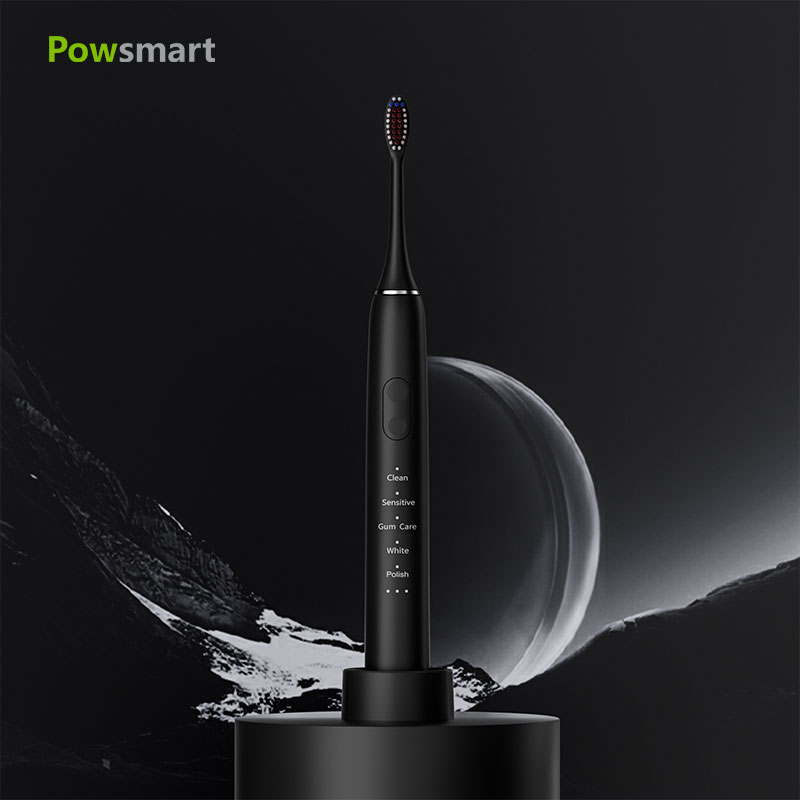
Electric Toothbrushes Are Not as Good as Regular Toothbrushes?

How to Ensure That a Factory’s Quality Control Process is Strict and Standardized
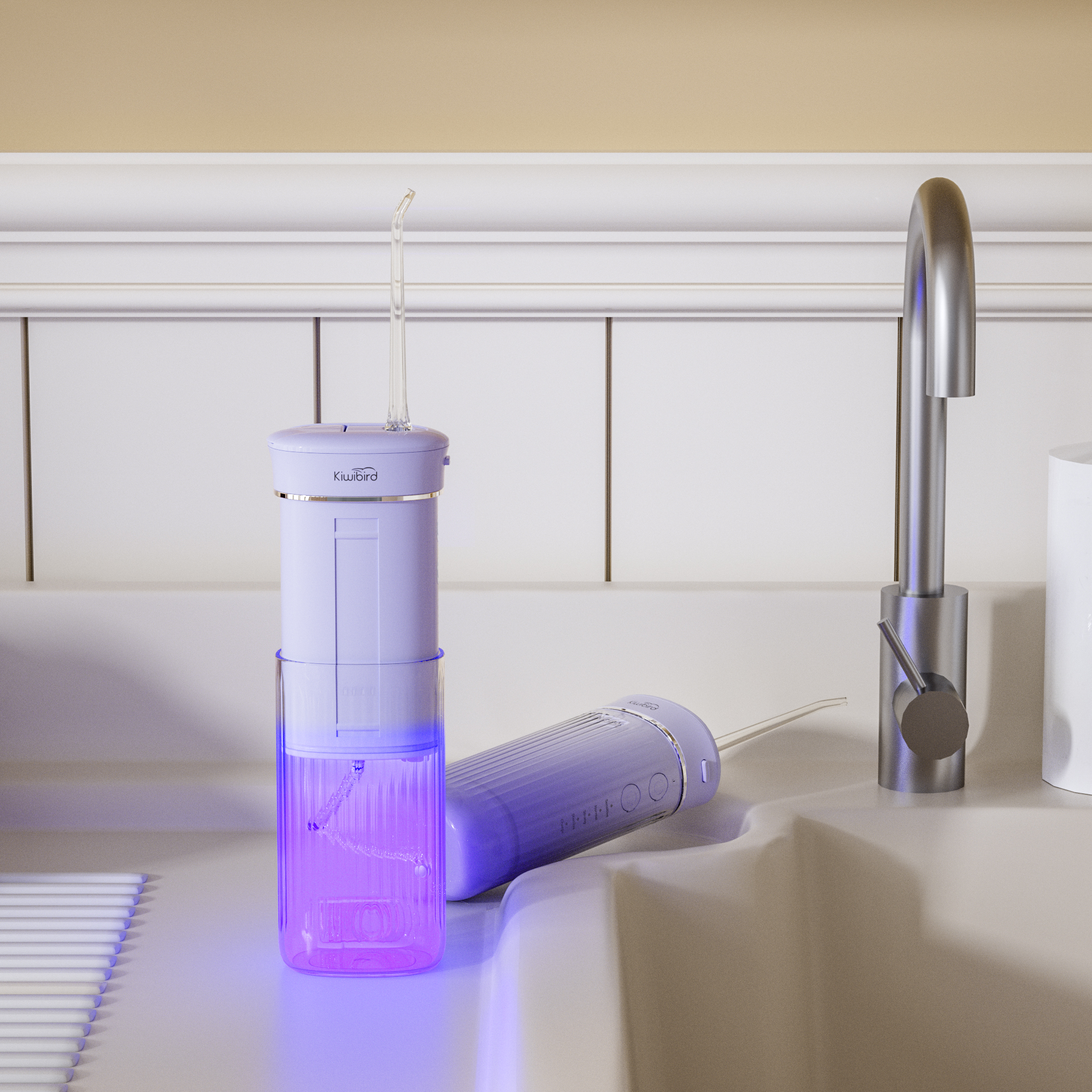
Why Choose Us? Five Advantages of a Professional Manufacturer of UV Sterilizing Water Flossers

The Stronger the Power for an Electric Toothbrush, the Better?
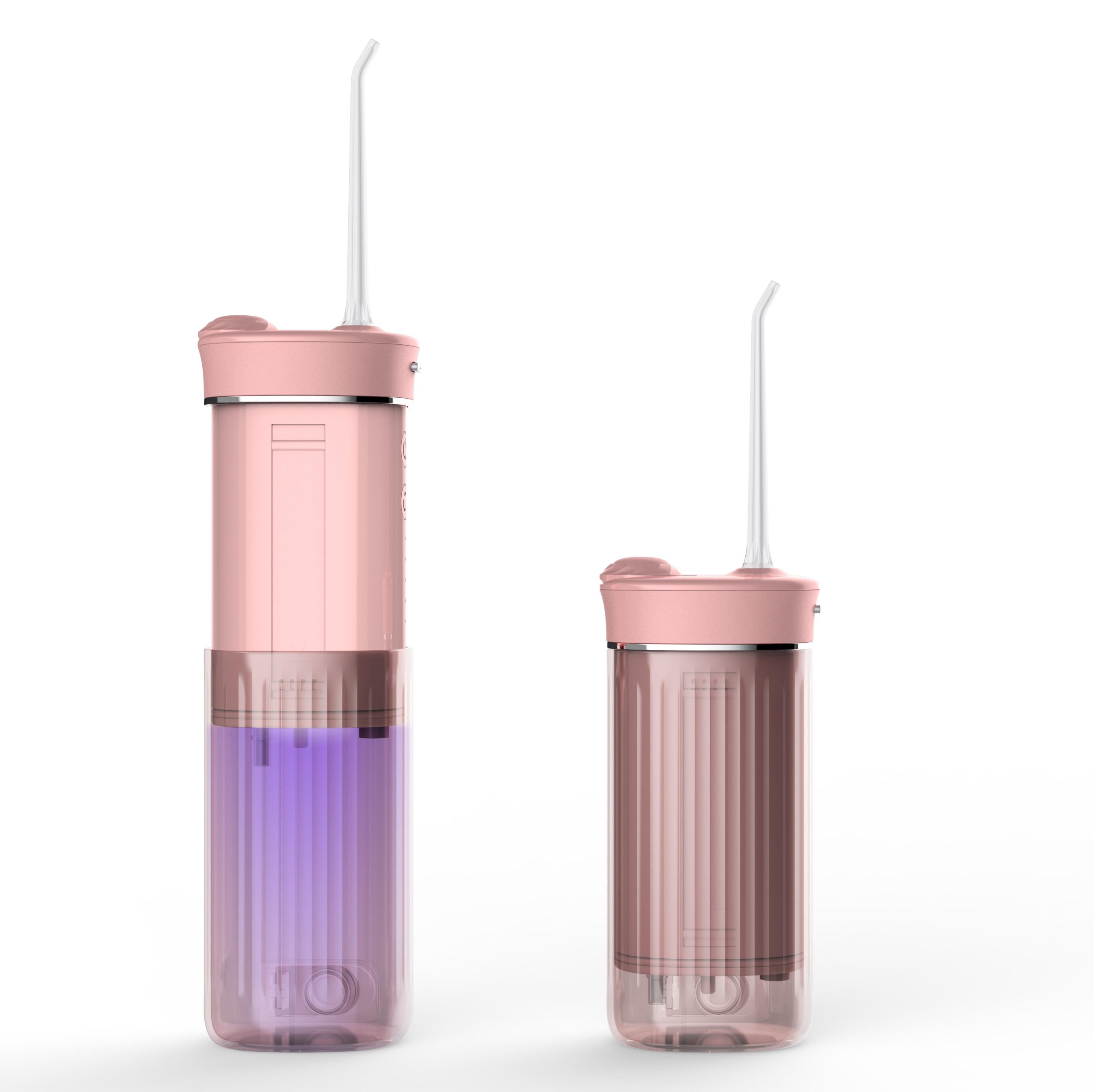
A Comprehensive Analysis of the Pros and Cons of Water Flossers: Product Optimization from water flosser Manufacturers’ Perspective
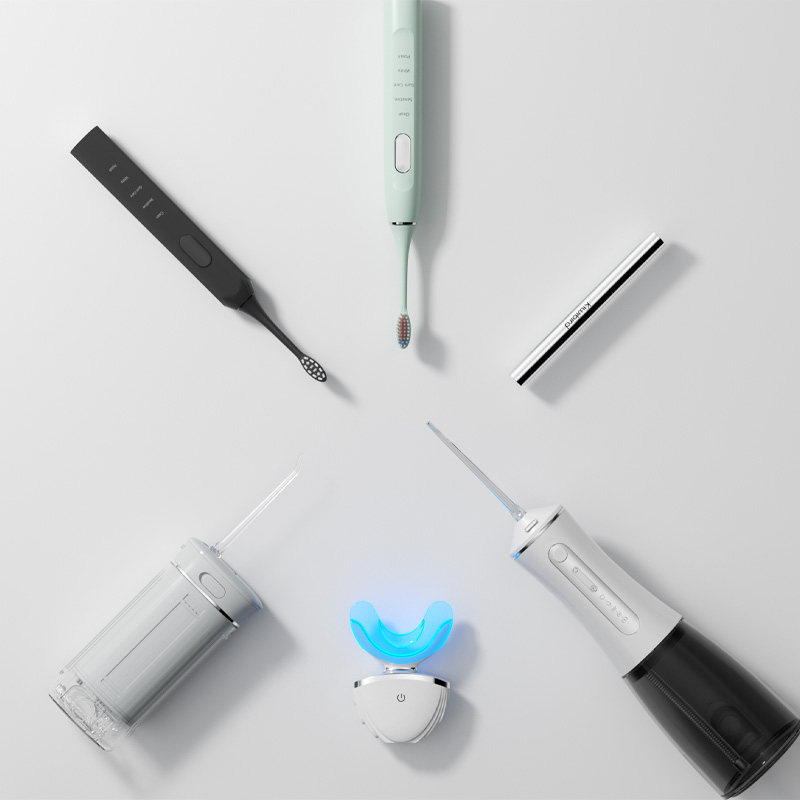
Starting from the Logic of FMCG, What is the Growth Path of New Electric Toothbrush Brand

How Water Pump Technology Revolutionizes Water Flosser Performance

What Are the World-Famous Teeth Whitening Brands?

Can the Elderly Use Electric Toothbrushes?
Why Are Button Responsiveness Declines Tied to Battery Lifespan Inconsistency?

Zoom in 100 Times! What is Special About the Bristles of Electric Toothbrushes?

Is It Wise to Replace Your Toothbrush After an Illness? A Professional Guide
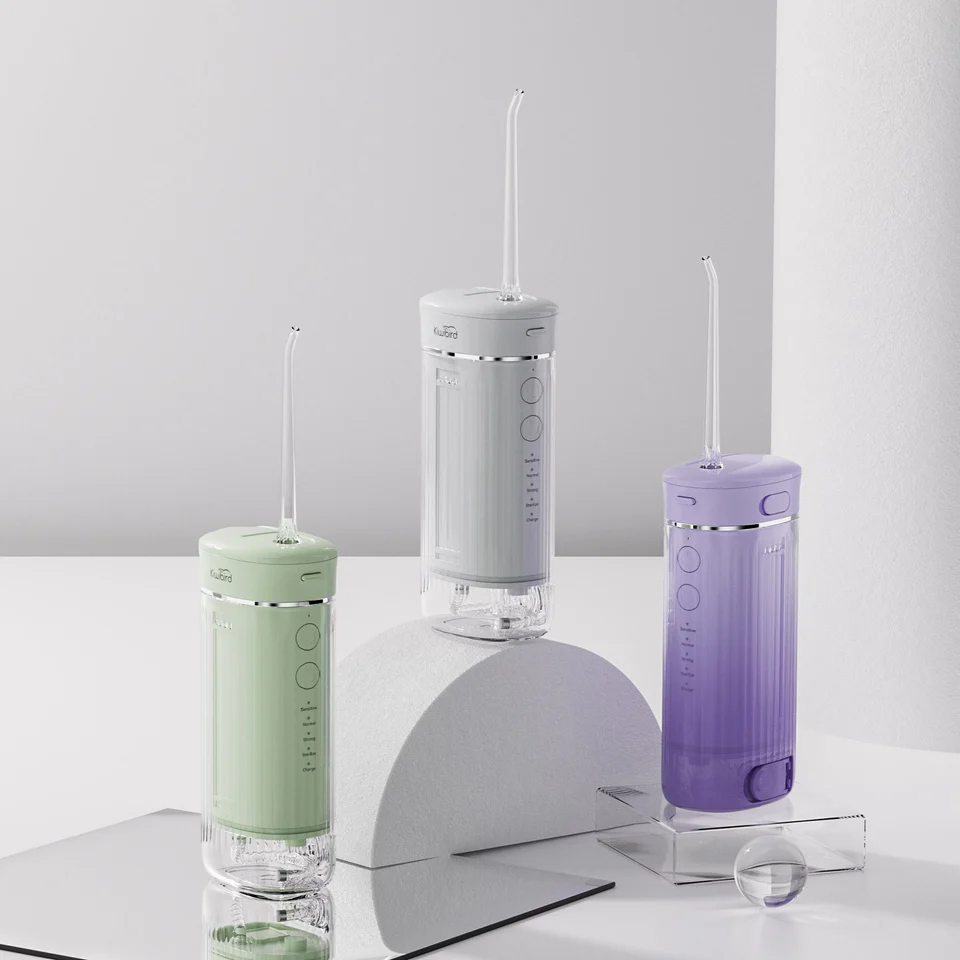
The Revolutionary Impact of Gravity Ball Design on Water Flosser Performance

Does It Matter If You Buy an Electric Toothbrush Replacement Head That Is Not an Official One?

The Difference Between a Dry Battery Toothbrush, a Sonic Electric Toothbrush, and a Rotary Electric Toothbrush

How Long Will It Take to See Results with the LED Teeth Whitening Device?

Customization Teeth Whitening Gel

electric toothbrush heads Charcoal Infuse-Round

Private Label Whitening Gel

electric toothbrush heads Regular Clean

electric toothbrush heads Deep Clean

electric toothbrush heads Ultra Soft
.jpg)
Florida Electric Toothbrush – Powsmart PTR-C8

Electric toothbrush heads Charcoal Infused-Diamond
whstapp
whstapp
National Toll-Free Service Hotline
+86 755 86238638